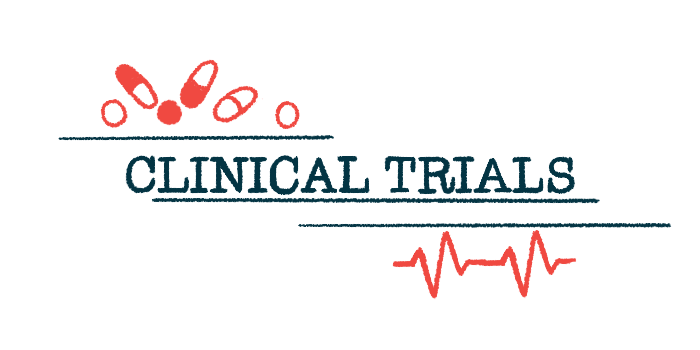Uplizna reduces asymptomatic optic nerve lesions: Trial data
Analysis reinforces therapy's effectiveness at controlling NMOSD, developer said
Written by |

Uplizna (inebilizumab) reduces the formation of asymptomatic lesions in the nerves that connect the eyes to the brain in people with neuromyelitis optica spectrum disorder (NMOSD), according to a new data analysis from the Phase 2/3 N-MOmentum trial.
Asymptomatic, or subclinical, lesions are those that don’t lead to overt symptoms.
“The use of MRI in [this] trial has enabled us to better quantify not only the most visible effects of NMOSD attacks, but also changes in disease patterns at the subclinical level that may compound over time,” Kristina Patterson, MD, PhD, medical director, neuroimmunology at Horizon, Uplizna’s developer, said in a company press release. “These data help deepen our understanding of the real biological impact of this medicine not just on the attacks, but also on asymptomatic activity, further reinforcing the robust clinical profile of Uplizna in controlling the effects of this challenging disease and supporting long-term patient care.”
The findings were presented at the annual meeting of the North American Neuro-Ophthalmology Society, March 11-16 in Orlando, Florida.
NMOSD is caused by the immune system abnormally producing self-reactive antibodies that attack healthy nervous system cells. This results in inflammation in the optic nerve (optic neuritis) and the spinal cord (transverse myelitis). The optic nerve emerges from the brain and connects it to the eye.
This inflammation leads to lesions, or areas of damaged and scarred nerve tissue, that can be visualized in MRI scans. The neurological damage gives rise to the disease’s symptoms, including eye pain and poor vision, and arm and leg weakness.
Uplizna is an approved therapy for adults with NMOSD who are positive for antibodies against aquaporin-4 — the most common target of disease-causing antibodies. It works by promoting the death of B-cells, a type of immune cell responsible for producing both immunoprotective antibodies and those that drive NMOSD.
Uplizna is administered by infusion into the bloodstream every six months after a loading dose. Its approvals were supported by data from a Phase 2/3 clinical trial, called N-MOmentum (NCT02200770), that enrolled 230 adults with NMOSD (93% positive for anti-AQP4 antibodies).
Uplizna’s effect on subclinical lesions
Participants were given either Uplizna or a placebo for the first six months of the study, after which all were treated with Uplizna for up to three years.
The results showed Uplizna outperformed a placebo at reducing disease attacks and slowing the progression of disability.
According to Horizon, N-MOmentum is the only late-stage trial in NMOSD that collected MRI data on inflammatory lesion activity to help determine whether patients were having a disease attack.
In the new post hoc analysis — that is, after the trial has finished — of N-MOmentum data — researchers looked at participants’ MRI data to assess Uplizna’s effects on subclinical optic nerve lesions linked to inflammation.
Results showed that many of the participants had asymptomatic optic nerve lesions without new symptoms at the end of the placebo-controlled part of the trial. These lesions were on average significantly smaller than optic nerve lesions that did cause symptoms (median length, 6 vs. 15 mm). Their presence was not indicative of an increased likelihood for future attacks that would cause clinical symptoms.
While the number of asymptomatic lesions wasn’t obviously affected by treatment in the study’s initial placebo-controlled part, Uplizna did significantly reduce the risk of clinical eye-related attacks during this period.
“Although these subclinical optic nerve findings were smaller than those associated with optic neuritis attacks and were not predictive of future attacks, that the [inflammatory] events occur shows there is a greater degree of complexity to attack [mechanisms] in [NMOSD] than was previously appreciated,” said Bruce Cree, MD, PhD, one of the authors of the new analysis.
Data also indicated repeated Uplizna treatment in the second, longer-term part of the study reduced the rate of asymptomatic lesions in the optic nerve.
“How these subclinical [inflammatory] events contribute to the overall disease burden in [NMOSD] remains to be determined,” said Cree, who is a professor at the University of California San Francisco Weill Institute for Neurosciences. “Nevertheless, it is encouraging to see that repeated use of Uplizna decreased the rate of these subclinical optic nerve … events over time.”






